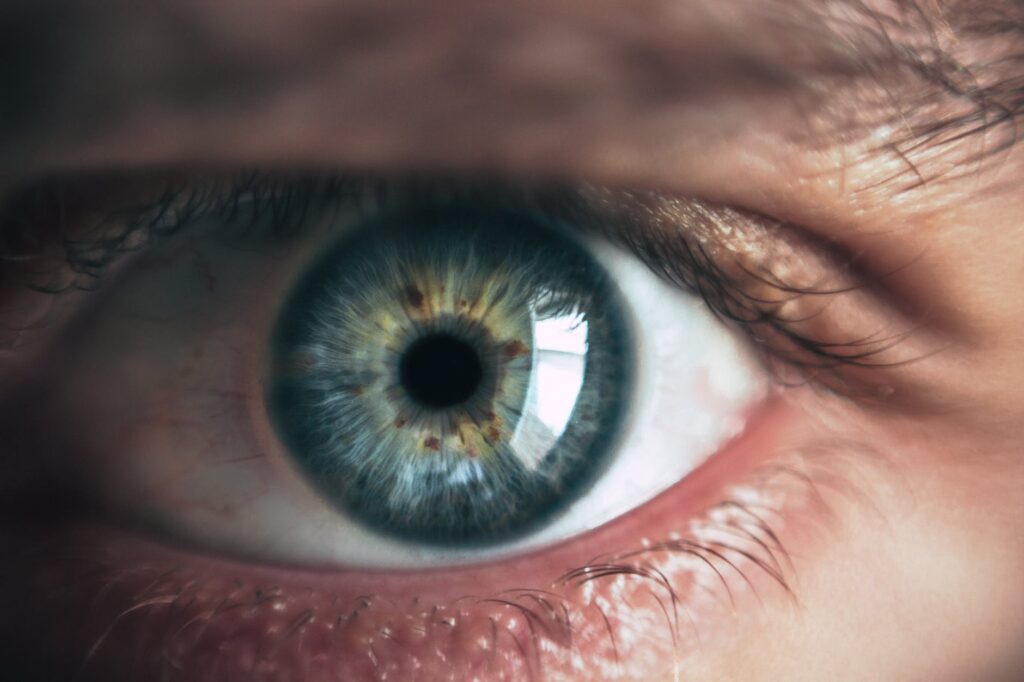
Introduction
Pediatric blindness is a complex and heart-wrenching challenge that impacts children and families around the world. The journey to understand its causes, find solutions, and offer hope to those affected is a testament to the unwavering spirit of medical science and compassion. Say’s Dr David Stager, this article sheds light on the causes of pediatric blindness, explores the advancements in diagnosis and treatment, and underscores the collective efforts to bring clarity and sight to young lives.
The Darkness of Pediatric Blindness: An Urgent Concern
Pediatric blindness, the loss of vision in children, is a matter of deep concern. It not only robs children of the ability to perceive the world around them but also affects their cognitive, emotional, and social development.
Unraveling the Causes: A Complex Landscape
Pediatric blindness has diverse causes, ranging from congenital conditions to acquired diseases and injuries. Genetic mutations, prenatal infections, premature birth, and retinal disorders all contribute to the mosaic of pediatric visual impairment.
Early Detection: Paving the Path to Intervention
Early detection is crucial in managing pediatric blindness. Advances in diagnostic techniques, including genetic testing and imaging technologies, enable healthcare providers to identify underlying conditions and formulate effective treatment plans.
Surgical Interventions: Restoring Hope
For some children, surgical interventions offer a lifeline to improved vision. Procedures like cataract removal, corneal transplantation, and retinal surgeries aim to correct structural abnormalities and enable better visual outcomes.
Vision Rehabilitation: Empowering Young Lives
Vision rehabilitation plays a pivotal role in enhancing the quality of life for children with visual impairments. Educational support, mobility training, and assistive technologies empower these children to navigate the world and pursue their aspirations.
Genetic Therapies: A Glimmer of Hope
Recent breakthroughs in gene therapy offer hope for children with genetic forms of blindness. Clinical trials are exploring innovative treatments that target the genetic mutations responsible for conditions like retinitis pigmentosa and Leber congenital amaurosis.
Global Collaborations: Illuminating Young Futures
Addressing pediatric blindness requires a global effort that spans research, healthcare, and advocacy. International collaborations ensure that expertise and resources are shared, enabling more comprehensive approaches to diagnosis, treatment, and support.
Conclusion
The battle against pediatric blindness is a testament to human resilience and compassion. As science and medical expertise continue to advance, the prospects for understanding its causes and finding effective solutions grow brighter. The dedication of researchers, healthcare providers, families, and advocacy groups shines a light on the lives of young individuals affected by visual impairment. By uniting knowledge, innovation, and empathy, we are fostering a future where pediatric blindness is no longer a barrier, but a challenge that inspires us to reach new heights of understanding, intervention, and care.